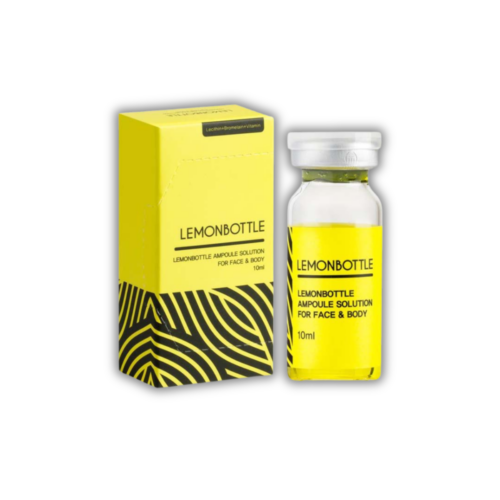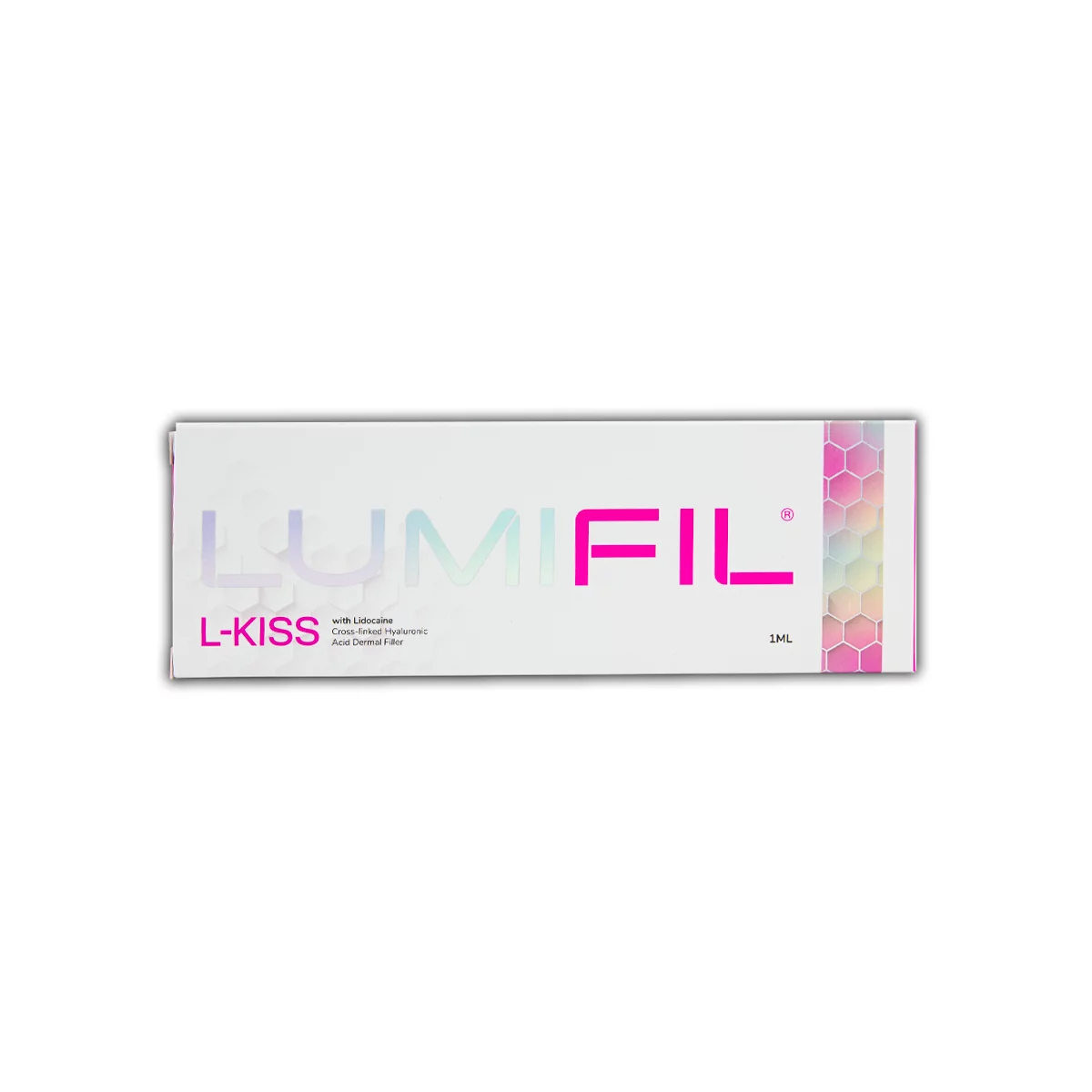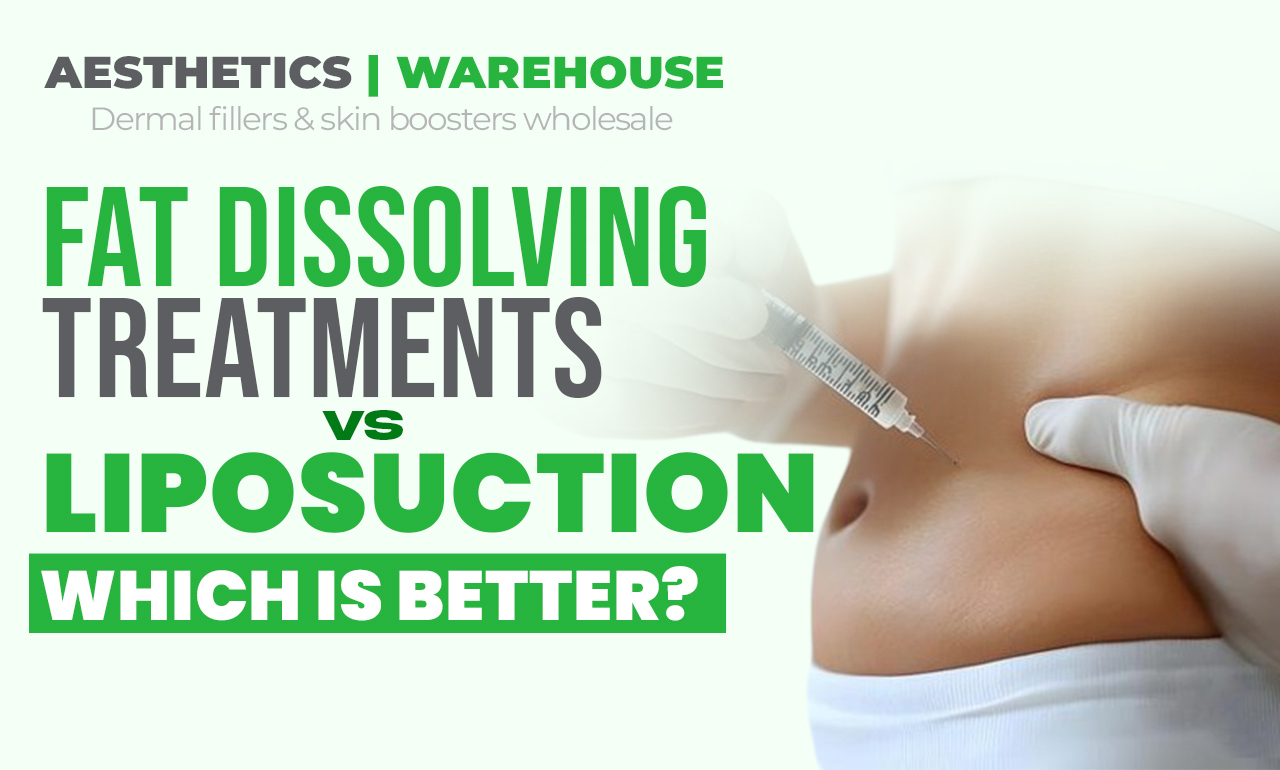Order by 3pm to Get Next Working Day Delivery
Save an extra 10%
-
HOT

Lemon Bottle ( 1 Vial )
£29.99 £24.99 ex. VAT -
HOT

Lumifil Kiss
£20.40 £17.00 ex. VAT



Body contouring has become a popular way to shape and remove unwanted fat. While liposuction has been around for decades, newer treatments that dissolve fat without surgery are gaining attention.
These options promise similar results with less downtime, making many wonder which option is better. Should you choose traditional liposuction or try one of the newer fat-dissolving treatments?
Let’s compare both approaches to help you understand the differences. We’ll look at how they work, their effectiveness, recovery time and who might benefit most from each option.
Fat-dissolving treatments are non-surgical procedures that break down fat cells using special injections. These shots contain chemicals that target fat cells beneath the skin. The main ingredient is often deoxycholic acid, similar to something your body makes to digest fat from food. When it’s injected into fatty areas, it damages the fat cells, causing them to break open.
Once the fat cells break down, your body processes and removes the released fat through your natural metabolic system. Your lymphatic system helps flush these broken-down fat particles out of your body over time.
The doctor usually does this treatment in about 30 minutes. You’ll need 2 to 4 sessions, a few weeks apart, to see all the results. People often get it on their double chin, tummy, legs, and those hard-to-lose fat spots that don’t go away with diet and exercise.
Liposuction is a surgery that eliminates fat from the body using suction. The doctor makes tiny cuts and inserts a small cannula tube connected to a suction machine that pulls the fat out.
The procedure is usually done while you’re under anaesthesia, which means you’ll be asleep and won’t feel pain during the surgery. Depending on how much fat is taken out, it can take from one to several hours.
There are different ways to do liposuction. Some use suction to remove fat. Others use new technology like ultrasound, lasers, or water to break the fat up first, so it’s easier to take out.
Liposuction can help shape many areas, like your stomach, thighs, butt, arms, back, and chin. After, you’ll have to wear special tight-fitting clothes to help your skin settle into its new form and reduce any puffiness.
Deciding between fat-dissolving shots and liposuction isn’t just about the result. You must also know what you’ll go through during the treatment and how you’ll feel afterwards. Here’s a simple comparison:
Both fat dissolving and liposuction have risks and possible problems. Knowing these can help you decide which one is best for you.
When deciding between these two, it’s about finding the one that fits your body, goals, and life. Here’s who usually benefits the most from each procedure.
Fat dissolving treatments are often a good choice for people with small areas of fat they want to target, like a double chin or little bulges on their sides. It’s also for those who wish to avoid surgery and prefer a treatment with little downtime. You’ll likely see the best results if you’re already near your goal weight (within about 20 pounds) and your skin bounces back well.
Liposuction could be a good solution if you have bigger areas of fat that haven’t responded to healthy eating and exercise. It’s often a good fit for people close to their ideal weight, who have good skin and want more dramatic changes through surgery. You’ll need to be able to take time off to heal and follow the aftercare instructions. Also, it’s generally recommended for those without severe health conditions like heart disease or diabetes and who prefer a single procedure rather than multiple sessions.
You may also like to read: How does Lemon Bottle Fat Dissolving Work?
Both fat-dissolving treatments and liposuction can help you gain a more contoured body, but they work in different ways. Fat dissolving treatments offer a gentler approach with less downtime but modest results. Liposuction provides more dramatic changes but requires surgery and recovery time. The best decision depends on your aims, budget, and how much fat you want to remove. Always contact a qualified medical professional to determine the right option for your situation.
Both procedures provide permanent results if you maintain a stable weight, as neither fat cells nor dissolved fat will return.
Fat dissolving treatments can reduce small areas by 20-25%, while liposuction can remove much larger volumes (up to several litres) of fat.
Yes, many people choose liposuction for larger areas like the abdomen and fat dissolving for smaller areas like under the chin.
Fat dissolving results appear gradually over 6-12 weeks, while liposuction results become visible once swelling subsides (about 4-6 weeks).
Neither procedure is for weight loss; they’re body contouring treatments for stubborn fat pockets that resist diet and exercise.